japanese pagoda tree pros and cons
Regent rapid growth profuse. It is an Asian species that can be grown in US.
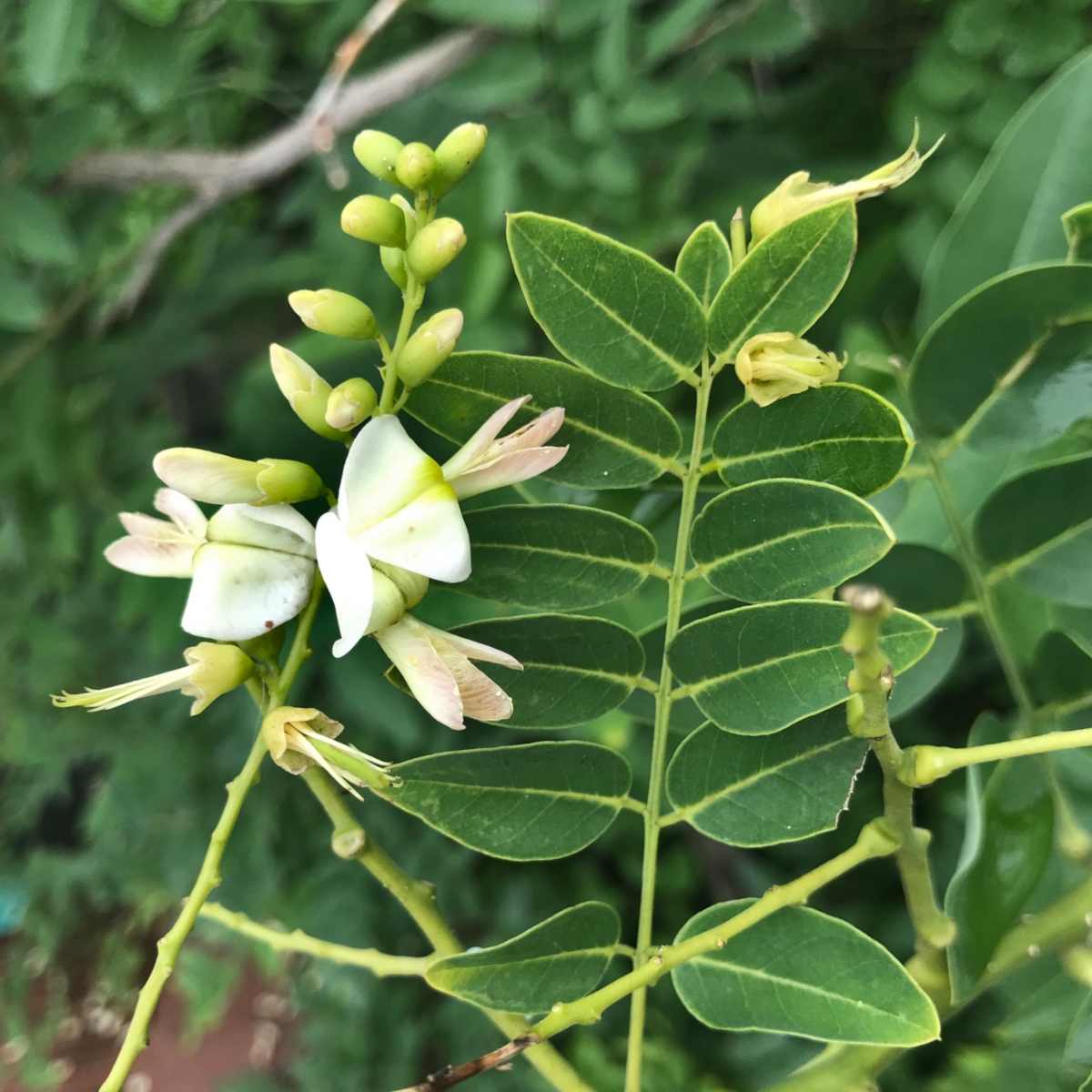
Japanese Pagoda Tree An Elegant And Airy Slow Growing Giant For Parks
While pagoda plants are most commonly planted directly in the ground you can choose to plant them in a pot.

. Tree Of The Month Japanese Pagoda Tree Casey Trees Japanese Pagoda Tree Care And Growing Guide. Join Us -Sign up to get all the latest gardening tips. Height 60 feet 20 meters Breadth 45 to 60 feet 15 to 20 m Exposure.
The modifying action of the Japanese pagoda tree Sophora japonica and pantocrine in radiation lesions. Potting and Repotting. Following are the cons of Zelkova tree.
The flower is a pleasant creamy-white color or slightly yellow. Pagoda tree contains chemicals similar to. Studies on the interaction of the Sophora japonica lectin and concanavalin A with erythrocytes and lymphocytes.
Tolerates drought Native range. Japanese Pagodatree Flower. Best used for High Blood Pressure.
The Japanese pagoda tree Sophora japonica or Styphnolobium japonicum is a showy little shade tree. The one fall back of using wood as the entire structure is that. It usually grows 25 to 35 feet tall but can sometimes reach heights of up to 100 feet.
It grows up to 20 M. You need to be patient thoughPagoda Trees can take up to 10 years to begin flowering. Pros and Cons of the Mimosa Tree.
Mimosa Albizia julibrissin is a small deciduous tree with puffy pink flowers and a fast growth rate. Questions about Pagoda Tree asked by other gardeners. The Japanese pagoda tree Sophora japonica also called the Chinese scholar tree is a native of China and Korea that thrives in US.
The Japanese pagoda tree grows 1223 metres about 4075 feet tall and features alternate compound leaves with 7 to 17 leaflets. The compound leaf is 6-10 inches long with each leaflet measuring between 1-2 inches. Seedpods of japanese pagoda tree.
And the tree is cultivated as an ornamental in many places. The modifying action of the Japanese pagoda tree Sophora japonica and pantocrine in radiation lesions. The fruit is a narrow inedible pod.
The Chinese scholar tree is another name for the Japanese pagoda tree. The Japanese pagoda tree is originally from China. The Pagoda Tree has a broad form that can reach 70 though 40 to 50 is more commonThe Japanese Pagoda Tree has a juvinile growth period that lasts.
1-2 25-5 cm long usually ovate with pointed tip and rounded base. It grows at a moderate rate reaching from 35 feet up to 75 feet in height with a comparable spread. Some identifying characteristics are its oval leaflets gray-brown bark and shiny green twigs.
Its native to South Japan South China and warmer areas of South Korea and prefers partial sun to full sun and well-drained soil. This ornamental tree is native to China Korea and Vietnam. Regent rapid growth profuse.
If you do pot the pagoda plant keep in mind its need for fertile well-draining soil. Pagoda tree Styphnolobium japonicum is a plant found in China Japan and Korea. Because of this the flowers and fruit of the pagoda tree share features associated with garden peas.
Common Name Japanese pagoda tree. Trees do best in areas with full sun or partial shade and moderate amounts of water. The flowers buds and fruit are used in traditional medicine.
Although a full sun exposure is best the tree can tolerate part shade. Locate a sunny spot to plant a Japanese pagoda tree. Pros and Cons of the Mimosa Tree.
The Japanese pagoda tree is often called the Chinese scholar tree. Studies on the interaction of the Sophora japonica lectin and concanavalin A with erythrocytes and lymphocytes. 50 - 70 Site characteristics.
The Japanese pagoda tree is often grown as a shade tree in lawns or on patios however flowers and seedpods often leave stains on pavement. Known as the Scholar Tree or Chinese Scholar Tree Pagoda Trees have been planted for their beautiful. Japanese pagoda pros tree.
Japanese Pagoda Heritage Tree. The wood of pagoda tree is weak. Optimum conditions for growth.
Studies on the interaction of the Sophora japonica lectin and concanavalin A with erythrocytes and lymphocytes. Limestone Coast Advanced Trees takes pride in offering one of the largest ranges in Australia in many shapes and sizes with spect Tuesday May 3 2022 Edit. Seedpods of japanese pagoda tree.
As you can see the pagoda trees growth habit is very rounded resulting from the loss of the central leader at an early age. Japanese Pagodatree Fruit. See it on the map.
Its fern-like leave grow in stalks of 10-15 leaves and the creamy white pea-like flowers bloom on long upright panicles up to 15 inches long. Styphnolobium japonicum. Type slow-growing tree.
It grows at a moderate rate reaching from 35 feet up to 75 feet in height with a comparable. The wood is useful in construction. The pagoda tree is a member of the Family Fabaceae commonly referred to as the Pea Family.
Sophora japonica key facts. The Japanese Blueberry Tree scientifically known Elaeocarpus Decipiens is a medium-sized evergreen tree that can be grown in USDA zones 9A 11. One advantage to potting a pagoda plant is the ability to control the reproduction of this plant through rhizomes.
Clay loam sandy soils. It grows in a tropical climate. The yellowish white flowers about 1 cm 04 inch in length grow in loose showy clusters 3035 cm 1214 inches long.
Long drooping clusters of fragrant ivory flowers. 5-11 13-28 cm long. Apricot cherry peach and plum.
Attractive cream-colored flowers in late July. Huai Hua Mi Japanese Pagodatree Pods. This seems more appropriate despite the Japanese reference in its scientific names since the tree.
Japanese Pagodatree is a tree. 50 - 82 Other. The location should have.
Japanese pagoda tree pros and cons. The trees compound leaves which range from 6 to 10 inches in length contain 7 to 17 ovate dark. It is a revered tree in the Far East.
It offers frothy flowers when in season and fascinating and attractive pods. East Experiment Station East side. Botanical name Styphnolobium japonicum formerly Sophora.
The modifying action of the Japanese pagoda tree Sophora japonica and pantocrine in radiation lesions. 5b - 9a Wetdry. Huai Jiao Japanese Pagodatree Fruit is cold in nature.
Princeton Upright upright. If you would like more pagoda tree information click on this article. The Japanese pagoda tree is often called the Chinese scholar tree.
This seems more appropriate since the tree is native to China and not Japan. The tree grows to be 40 60 feet tall with a spread of 40 60 feet. The Japanese Pagoda Tree Sophora japonica now known as Styphnolobium japonicum has had a latin name change since it was found to not have the expected ability to fix nitrogen with a symbiotic bacteria.
Sheng Huai Jiao Japanese Pagodatree Immature Fruit. The Japanese pagoda tree has few known pests.
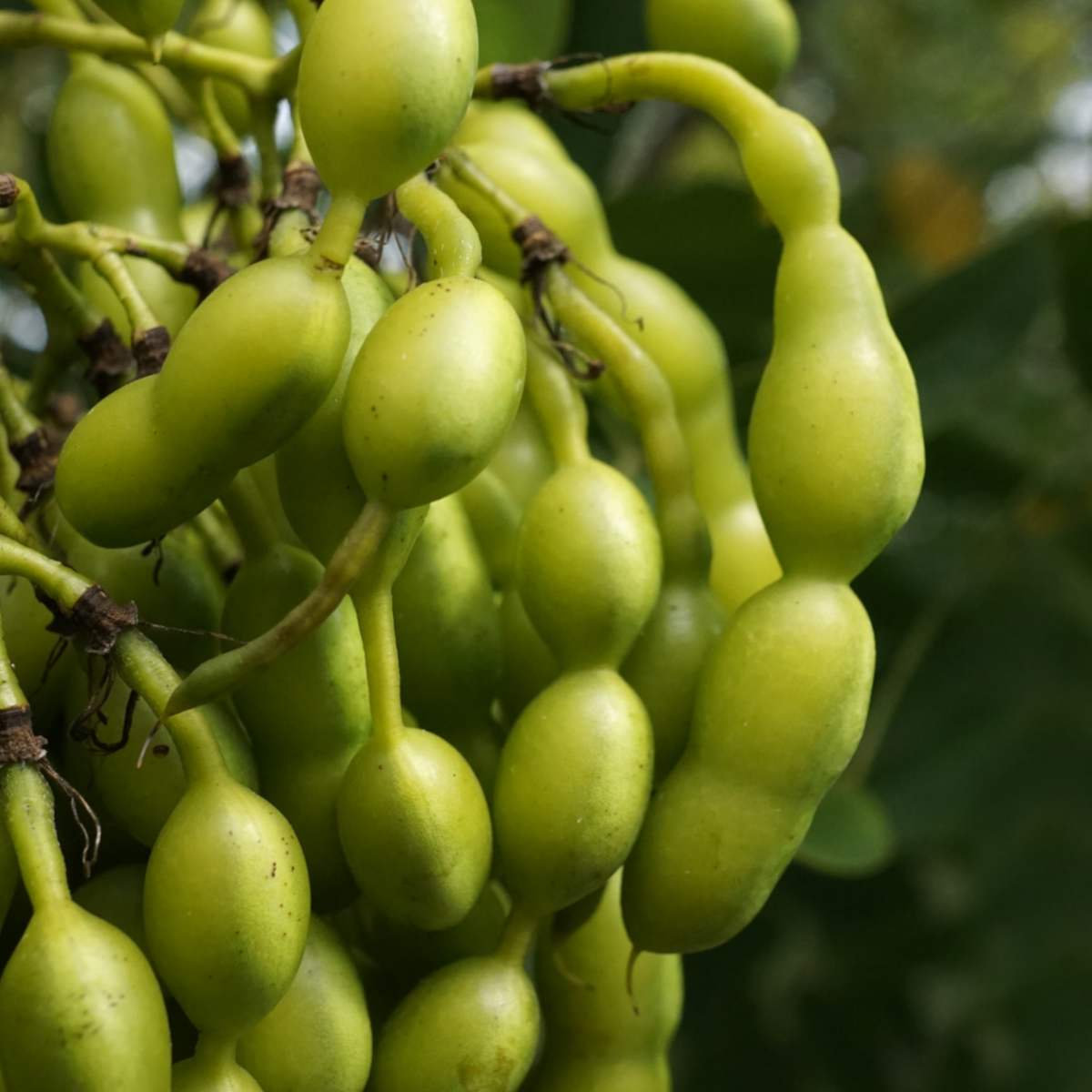
Japanese Pagoda Tree An Elegant And Airy Slow Growing Giant For Parks

What Is Sophora Japonica Learn About Japanese Pagoda Tree Care
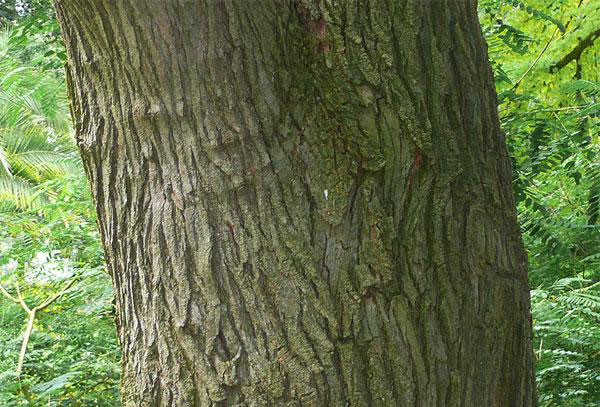
Pagoda Tree Facts And Health Benefits

Pagoda Tree Facts And Health Benefits
:max_bytes(150000):strip_icc()/japanese-pagoda-tree-care-5186863-07-678db2e12f964f979141917e3892ee54.jpg)
Japanese Pagoda Tree Care And Growing Guide
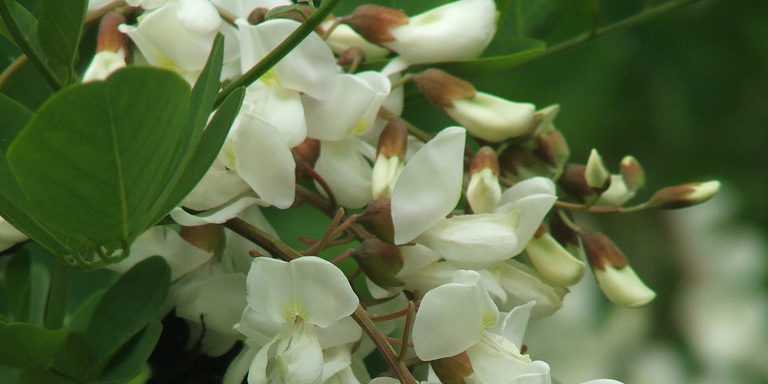
Tree Of The Month Japanese Pagoda Tree Casey Trees

Pagoda Tree Facts And Health Benefits
:max_bytes(150000):strip_icc()/japanese-pagoda-tree-care-5186863-02-40fc3009a3e544499b255f71c2f98b8a.jpg)
Japanese Pagoda Tree Care And Growing Guide
:max_bytes(150000):strip_icc()/japanese-pagoda-tree-care-5186863-06-ea23bcea86d74cdd998d083e1da1f11e.jpg)
Japanese Pagoda Tree Care And Growing Guide

Pagoda Tree Facts And Health Benefits
:max_bytes(150000):strip_icc()/japanese-pagoda-tree-care-5186863-04-eea66be4d0454af08c590e51a6e51aca.jpg)
Japanese Pagoda Tree Care And Growing Guide
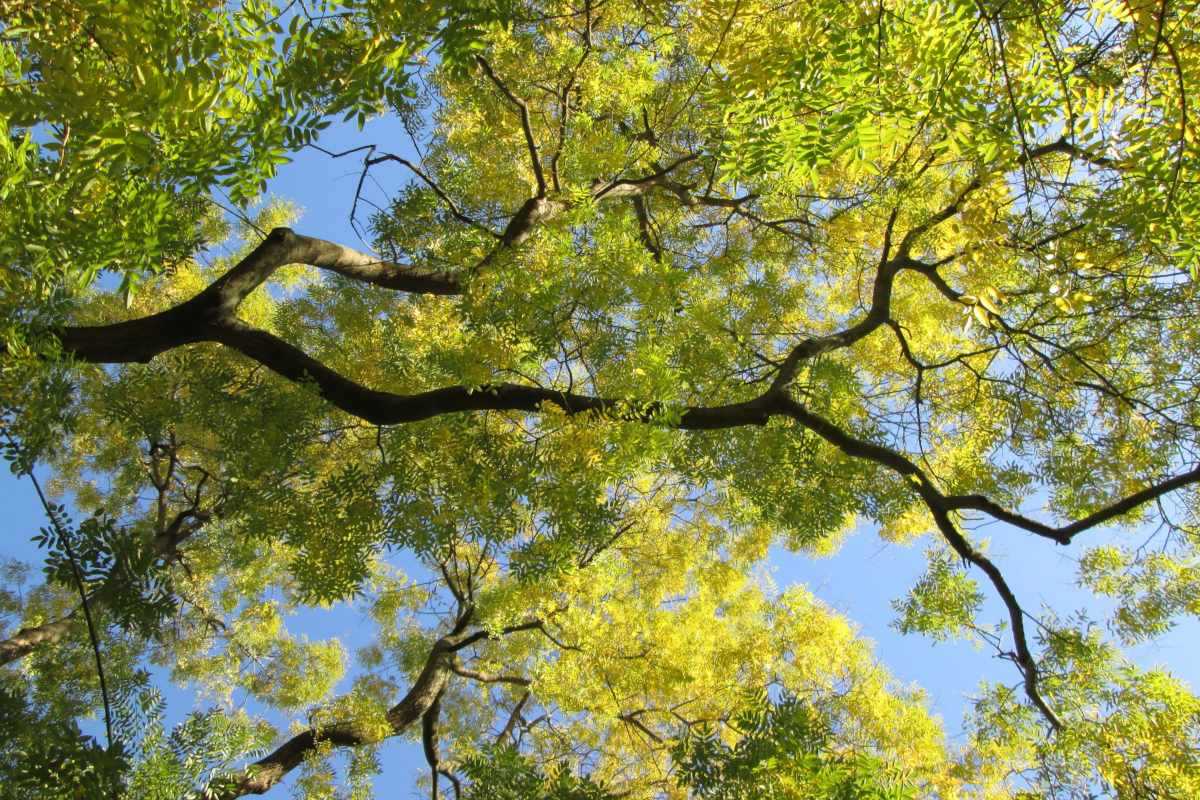
Japanese Pagoda Tree An Elegant And Airy Slow Growing Giant For Parks
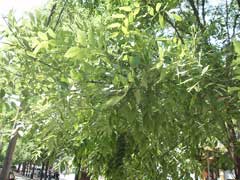
Sophora Japonica Japanese Pagoda Tree Scholar Tree Pfaf Plant Database
/japanese-pagoda-tree-care-5186863-hero-b959bcf0d99349dcaef36a3b9e0cfeb0.jpg)
Japanese Pagoda Tree Care And Growing Guide

32 Of The Best Fast Growing Trees To Plant In Your Garden
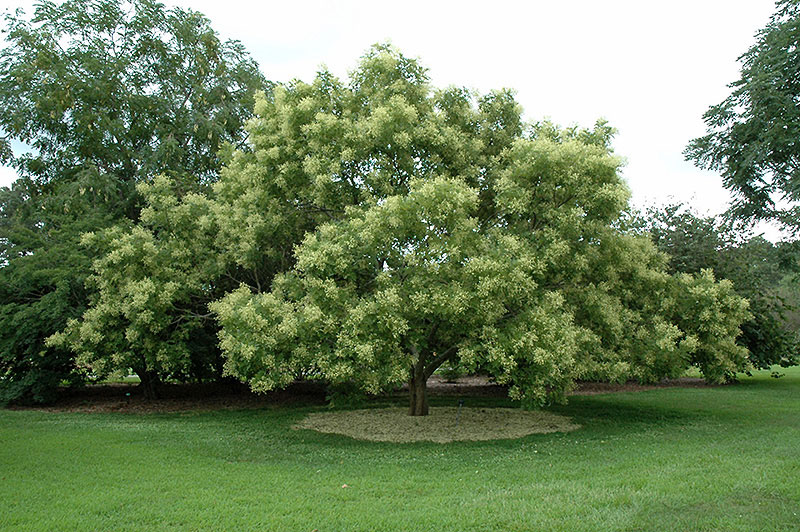
Pagoda Tree Facts And Health Benefits
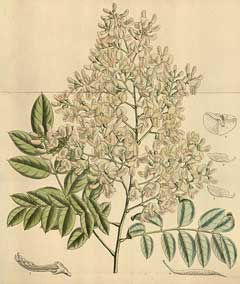
Sophora Japonica Japanese Pagoda Tree Scholar Tree Pfaf Plant Database
